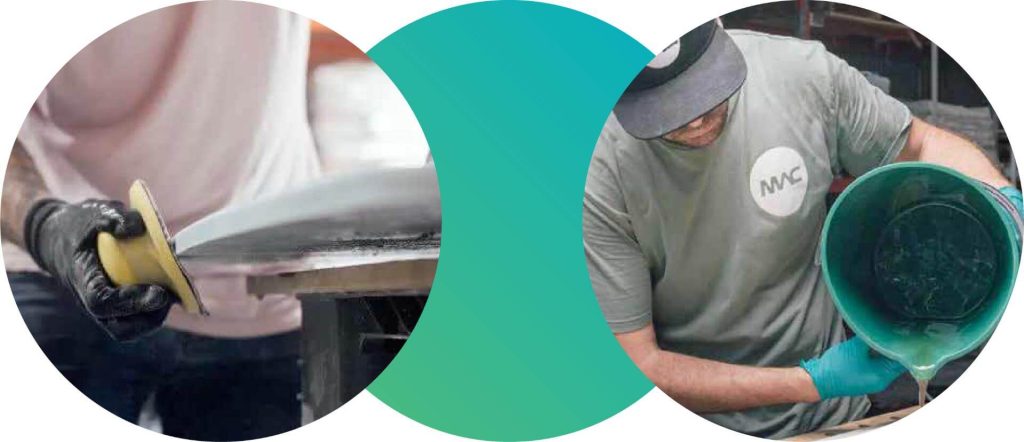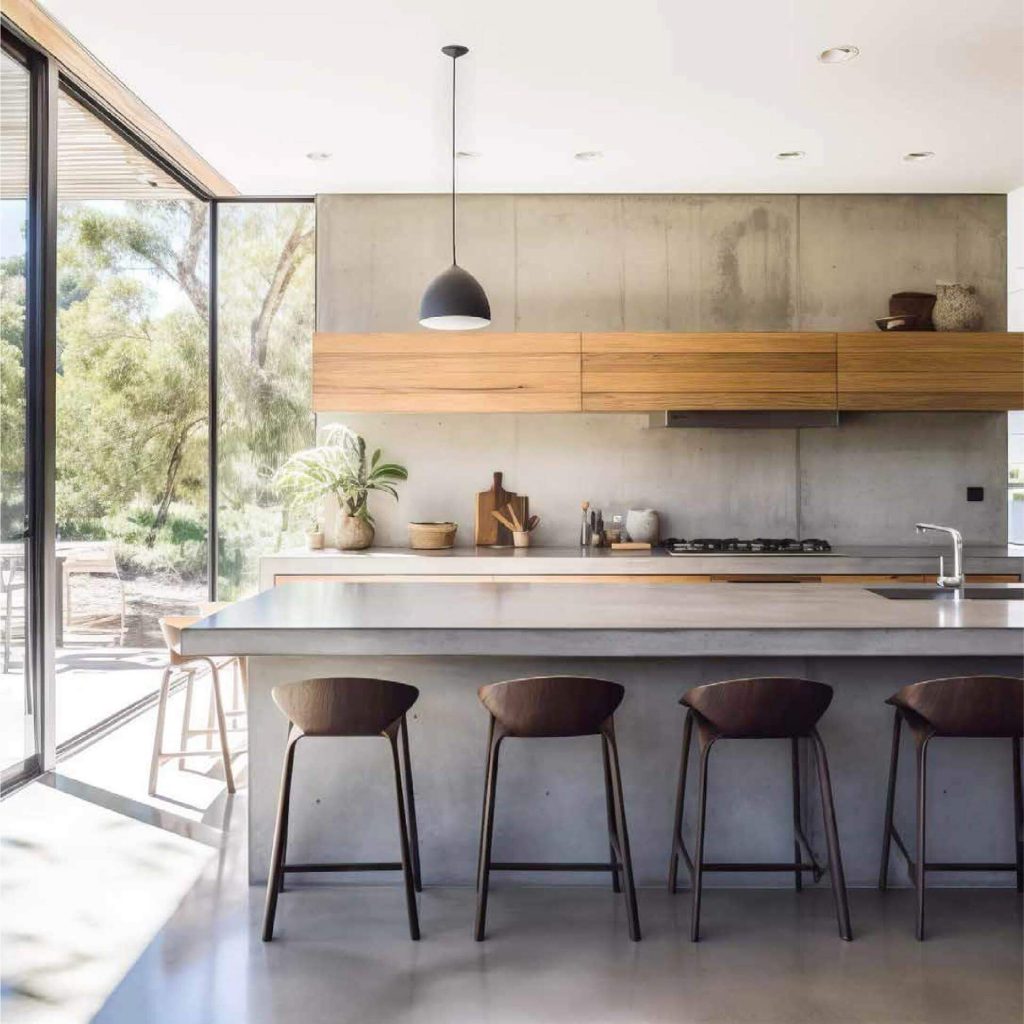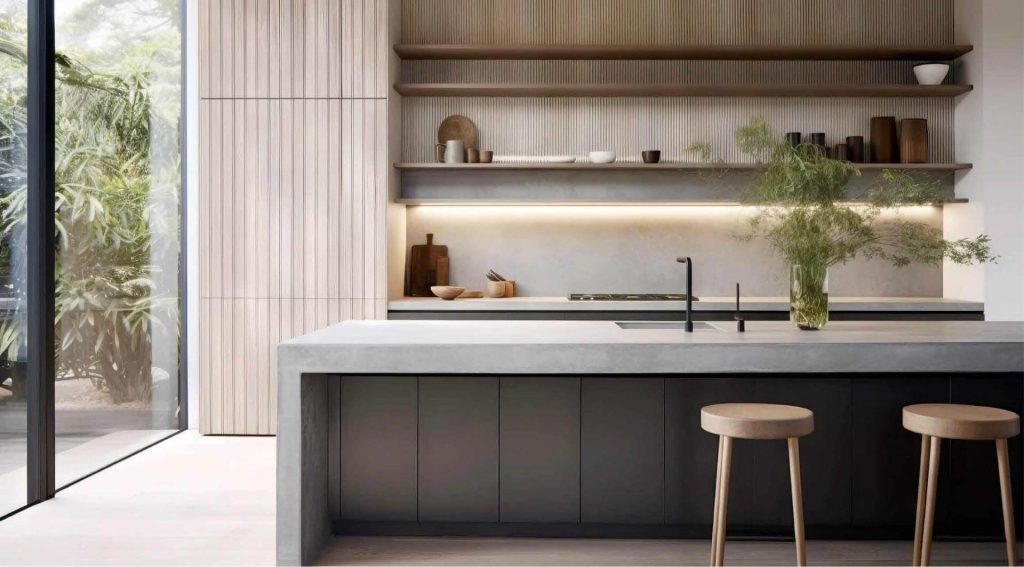What is Glass Fibre Reinforced Concrete
Introducing Glass Fibre Reinforced Concrete

What is GFRC

GFRC stands for Glass Fibre Reinforced Concrete. It represents a major advancement in the construction industry. A blend of fine sand, cement, water, chemical admixtures, and glass fibres, GFRC stands out for its remarkable strength, durability, and versatility. Think of it like a special kind of concrete that’s been made even stronger with tiny glass fibres. These fibres are mixed into the concrete and act like a super-strong net that holds everything together. This makes the concrete much stronger than regular concrete.
This innovative material allows for greater design flexibility, making it ideal for various architectural and decorative applications. It was made a long time ago, around the 1940s, but it has become popular only recently. People are using GFRC because it’s not just strong; it’s also lighter than standard concrete. This means it’s easier to move around and use in different ways.
What is GFRC

GFRC stands for Glass Fibre Reinforced Concrete. It represents a major advancement in the construction industry. A blend of fine sand, cement, water, chemical admixtures, and glass fibres, GFRC stands out for its remarkable strength, durability, and versatility. Think of it like a special kind of concrete that’s been made even stronger with tiny glass fibres. These fibres are mixed into the concrete and act like a super-strong net that holds everything together. This makes the concrete much stronger than regular concrete.
This innovative material allows for greater design flexibility, making it ideal for various architectural and decorative applications. It was made a long time ago, around the 1940s, but it has become popular only recently. People are using GFRC because it’s not just strong; it’s also lighter than standard concrete. This means it’s easier to move around and use in different ways.
Advantages of GFRC


Lightweight Yet Strong
One of the most significant benefits of GFRC is that it is lighter than traditional concrete. This makes it easier to handle and transport, reducing construction costs. Despite being lightweight, it doesn't sacrifice strength, making it ideal for a variety of construction needs.

Design Flexibility
GFRC can be easily moulded into almost any shape and finished in different textures and colours. This flexibility is a big plus for architects and designers who want to create unique and intricate designs in their construction projects, opening up innovation possibilities.

Durability
GFRC is much tougher than regular concrete because the glass fibres mix into it and act like a strong network that holds everything together. This strength means that structures made from GFRC don't easily crack or break and can survive harsh weather conditions for many years.

Environment Friendly
GFRC is more eco-friendly than traditional concrete. It uses less cement and can incorporate recycled materials in its mix. Additionally, its production process is more energy-efficient. This step towards sustainable construction practices reduces the overall environmental impact.
